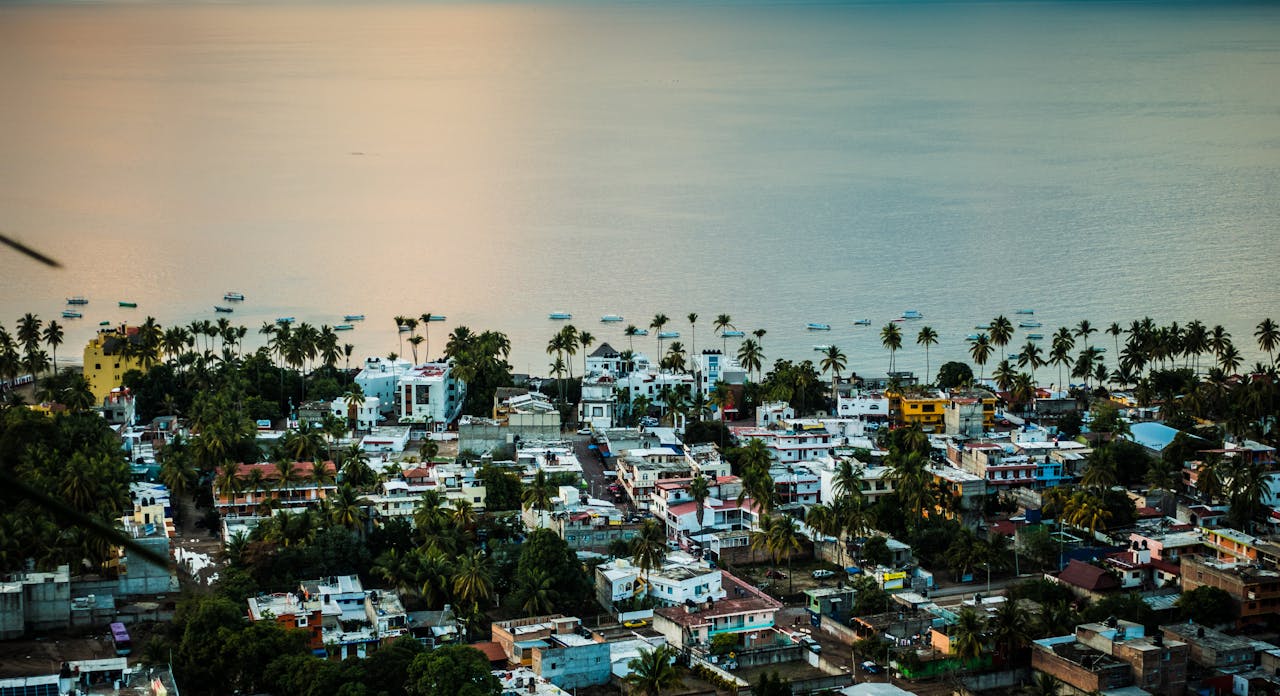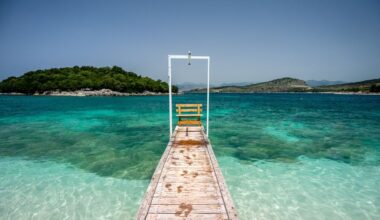Dreams of a slower life abroad meet reality at the border, where stamps carry rules that shape daily rhythm. Some nations allow long, visa-free stays measured in months, not weeks, yet most limit work, require clean exits, and expect proof of funds. Extended time opens space for language classes, school terms, and real neighborhood routines. It also raises practical questions about taxes, healthcare, and leases. The promise is simple: enough calendar to live normally and decide, with clear eyes, what comes next.
Georgia: Up To 365 Days

Georgia grants up to 365 days visa-free, unusually generous and clearly published. The allowance supports remote projects in Tbilisi, wine country weekends, and months of language study without paperwork churn. Entry still hinges on a valid passport, onward plans, and respectful compliance at exit. Work rights are not automatic, so paid activity remains a separate question. Many treat the year as a live trial, testing costs, clinics, and neighborhoods before pursuing residence. The draw is flexibility paired with steady hospitality.
Albania: One Year Visa-Free
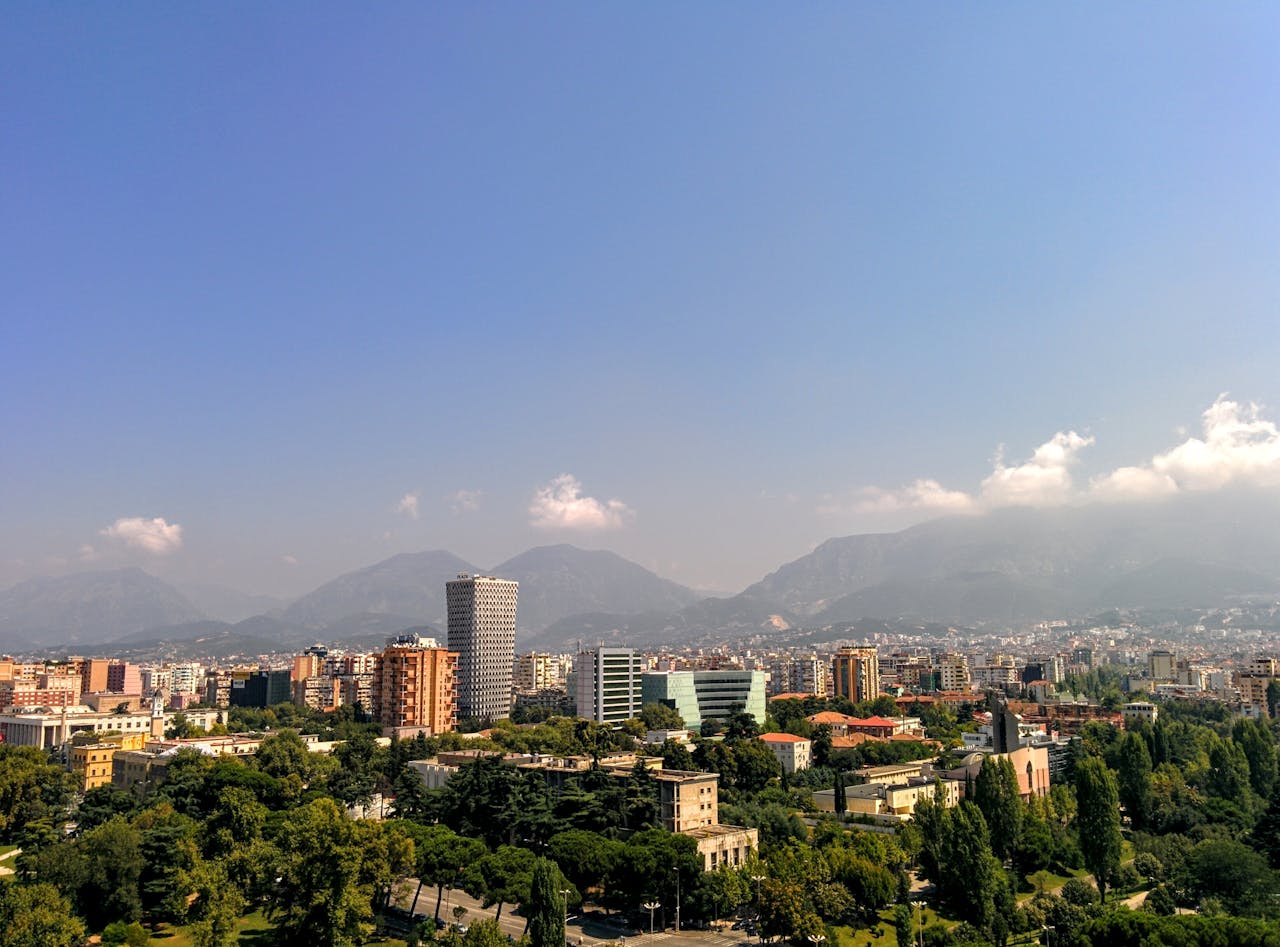
Albania offers U.S. citizens up to one year visa-free, a standout in Europe. Tirana’s lively core, Riviera towns, and mountain villages create real choice at approachable prices. Utilities and leases take patience, and official work remains regulated, but daily life settles quickly once routines form. Families use the long window to check schools, compare clinics, and learn basic Albanian. Clean exits matter for future returns. The policy’s simplicity makes it a practical base for a measured move.
Canada: Six Months Per Visit
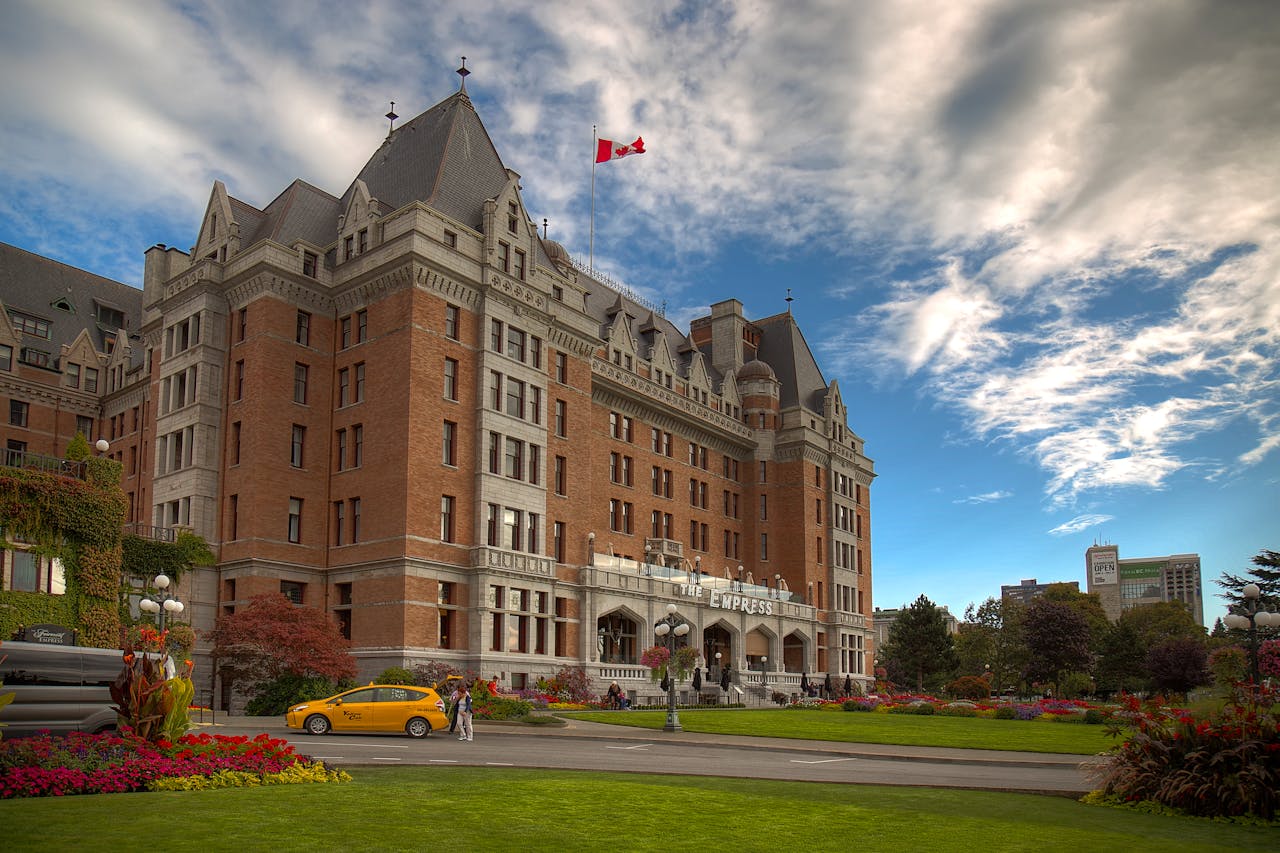
Canada typically admits visitors for up to six months, set by the officer on arrival. That span fits sabbaticals, family caregiving, or a full season from Halifax to Vancouver Island. The visitor category excludes paid work, and provincial health systems do not cover short-term stays, so private insurance becomes part of the plan. Many treat six months as reconnaissance, renting month to month and learning transit lines. Orderly exits protect future entries, preserving a dependable northern option.
United Kingdom: Up To Six Months

The United Kingdom allows up to six months as a Standard Visitor, with an electronic travel authorization rolling out for visa-exempt nationals. The time suits a school term, museum memberships, and weekend rail trips without rushing. Paid work remains off limits, and landlords often prefer documented income and longer leases, so serviced flats and short lets fill the gap. Clear rules around funds and return plans help at the border. For slower living with familiar language, it remains a steady choice.
Mexico: Up To 180 Days

Mexico’s visitor entry can grant up to 180 days, enough for a winter in Mérida, a Spanish course in Oaxaca, or months in Mexico City. Officers exercise discretion, so organized itineraries and accommodations help frame the stay. Tourist status does not carry work permission, and extensions are uncommon, so planning a clean exit matters. Costs vary widely by region, with reliable services in major cities. The half-year horizon lets routines form and reveals what long-term residence would require.
Panama: 180 Days
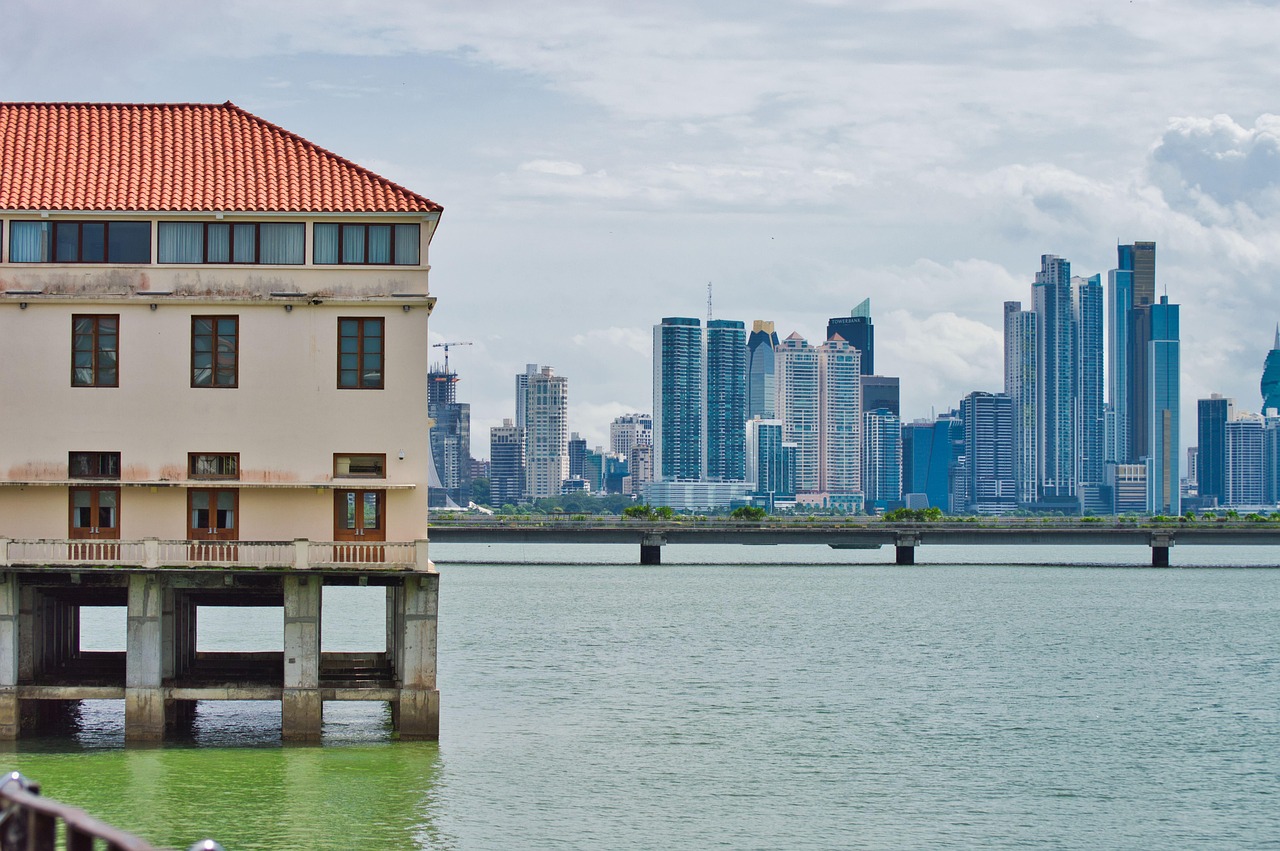
Panama admits tourists for 180 days, a practical window for testing city life in Panamá and cooler weekends in Boquete. English is widely understood in service hubs, banking is modern, and travel links are strong. Visitor status excludes employment, and overstays bring fines, so calendars matter. Many use the six months to sample healthcare access and compare neighborhoods along the canal, then weigh residence paths tied to investment, work, or pension programs. The runway is long enough to decide.
Peru: 183 Days

Peru allows up to 183 days for tourism, which fits language study, volunteer stints, and a full Lima season with side trips to the Sacred Valley. The cap is firm, and exit checks track compliance, so overnights beyond the stamp invite trouble. Visitor status does not grant work rights, yet the half year supports real routines, from market shopping to district transit. Families often align the stay with school breaks and festivals to understand everyday tempo beyond postcard moments.
Barbados: Six Months
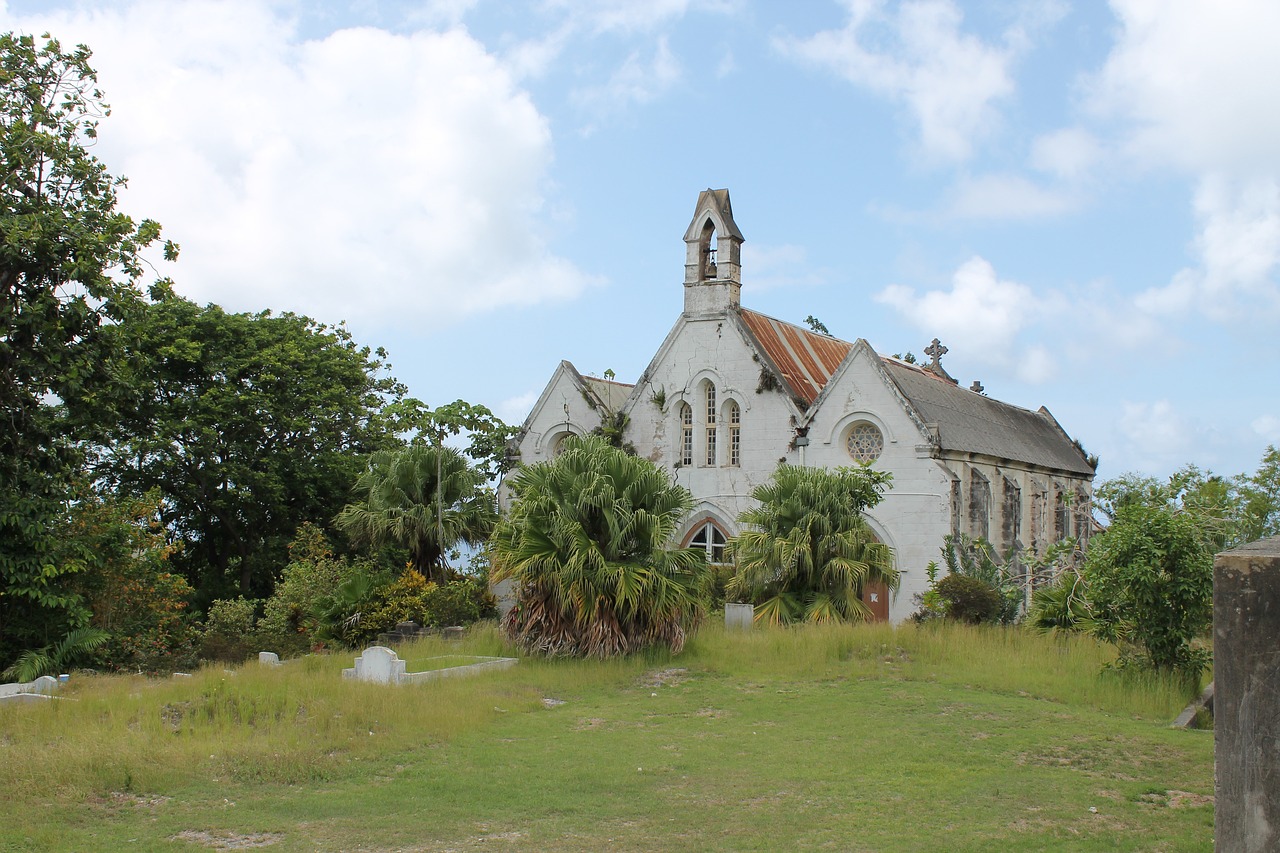
Barbados offers up to six months visa-free, pairing stable infrastructure with an easy daily cadence. Broadband, groceries, and clinics are reliable, with costs closer to small U.S. cities than beach fantasy. Proof of funds and onward travel help at entry, and tax thresholds deserve attention for longer stays. The island rewards routine: morning swims, neighborhood fish fry Fridays, and quiet school runs. For those testing a tropical base with dependable services, the policy gives room to think.
Bermuda: 180 Days In 12 Months
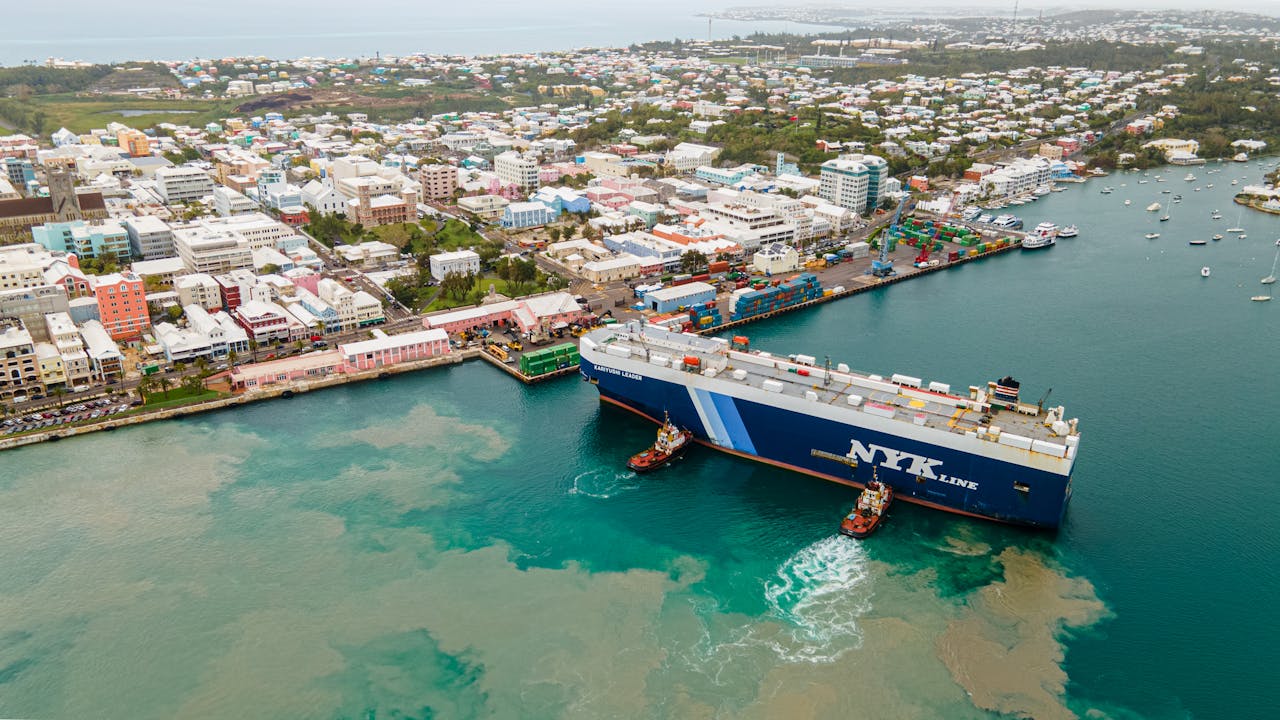
Bermuda permits up to 180 cumulative days within a 12-month span, structured to discourage back-to-back residency through quick turnarounds. Housing and groceries run expensive, so shared rentals or employer housing soften costs. Visitor status excludes local employment, and careful tracking of days protects future entries. The calendar suits seasonal living tied to sailing, research, or academic breaks. Clear rules make planning straightforward, even if budgets demand discipline. It is a tidy framework for an extended, lawful stay.
The Bahamas: Up To Eight Months

The Bahamas may admit bona fide tourists for stays up to eight months, giving ample time for a real island routine. Nassau offers schools and services, while Out Islands reward quiet work blocks and weekend boats. Employment remains restricted under visitor status, and proof of funds and lodging helps at entry. Many use the long window to test hurricane-season logistics, insurance options, and clinic access. The flexibility invites calm decisions made after ordinary weeks, not quick buzz.

